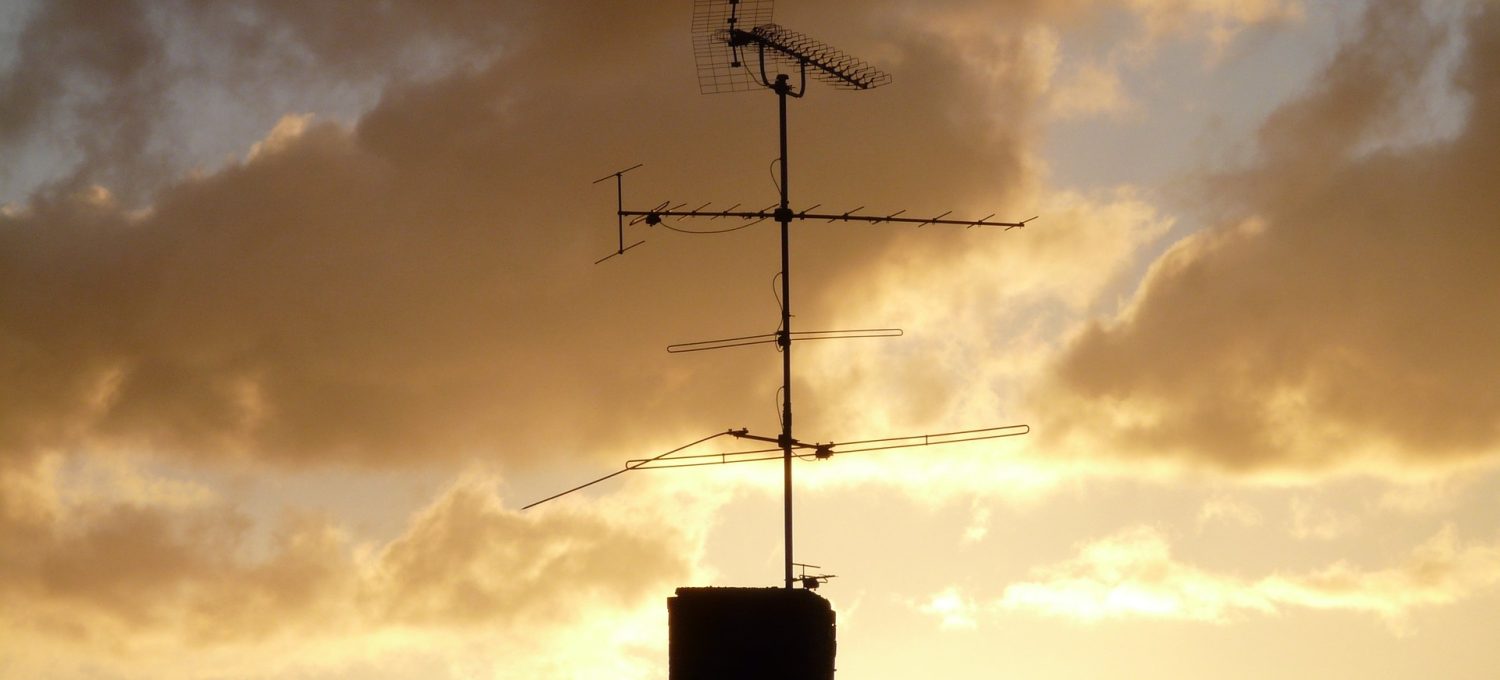Preparing for a professional aerial installation can help ensure a smooth and successful installation process, leading to optimal TV reception and viewing experience.
Whether you are moving to a new home or upgrading your current aerial system, taking the time to prepare beforehand can save you time and effort.
In this article, we will guide you through the necessary steps to prepare for a professional aerial installation in the UK.
Research and choose a professional installer
The first step in preparing for an aerial installation is to find a reputable and professional aerial installer. Look for installers who are registered with governing bodies such as the Confederation of Aerial Industries (CAI) or Registered Digital Installers (RDI). These memberships ensure that the installers have the required qualifications and adhere to industry standards. Do some research and read reviews to find an installer with a good reputation and track record. You can also ask for recommendations from friends, family, or neighbours who have recently had aerial installations.
Check the signal coverage in your area
Before the installation, it’s essential to check the signal coverage in your area. You can use tools like the Freeview Coverage Checker or the Digital UK website to determine which channels are available and the signal strength in your location. This information will help the installer determine the best type and positioning of the aerial.
Assess your TV requirements
Understanding your TV requirements will help you communicate them clearly to the installer. Consider factors such as the number of TVs you want to connect, the types of channels you want to receive (e.g., Freeview, Freesat, or satellite), and any additional requirements like HD or 4K capabilities.
Identify the installation location
The next step is to identify the best location for your aerial installation. Ideally, it should be placed on the highest point of your property with a clear line of sight to the nearest transmitter. This will ensure the best signal reception and minimise potential interference. If you live in a shared property or a flat, consult with your landlord or management company to determine the appropriate location for the aerial installation. In some cases, you may need permission or need to follow specific guidelines.
Clear the installation area
Before the installer arrives, make sure to clear the installation area of any obstructions or obstacles. This includes moving any furniture or objects that may hinder access to the installation site. Clearing the area will help the installer work efficiently and safely.
Consider cable routing options
Think about how you want the cables to be routed within your property. Discuss this with the installer beforehand so they can plan the installation accordingly. Consider aesthetics, practicality, and potential cable visibility when deciding on the best cable routing solution.
Inform the installer of any special requirements
If you have any specific requirements or considerations, make sure to communicate them to the installer before the installation. This could include factors such as cabling restrictions, the need for additional sockets or splitters, or any unique challenges associated with your property.
Be present during the installation
On the day of the installation, it is advisable to be present to answer any questions the installer may have. Being available can also help in case any decisions need to be made during the installation process.
Verify the installation and test the TV Reception
Once the installation is complete, take the time to verify the work with the installer. Check the signal strength and quality on your TV to ensure the installation has been successful. If you encounter any issues or have concerns, bring them up with the installer immediately.
The bottom line
Preparing for a professional aerial installation involves research, clear communication, and proper planning.
By following the steps outlined in this article, you can ensure a smooth and successful installation process. Remember, a well-installed aerial will provide you with optimal TV reception, allowing you to enjoy your favourite programs without interruptions.

